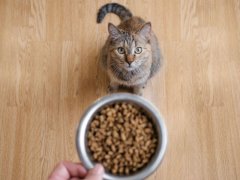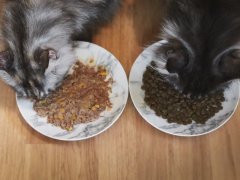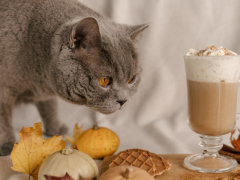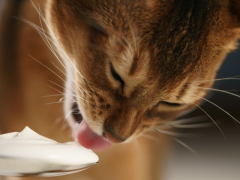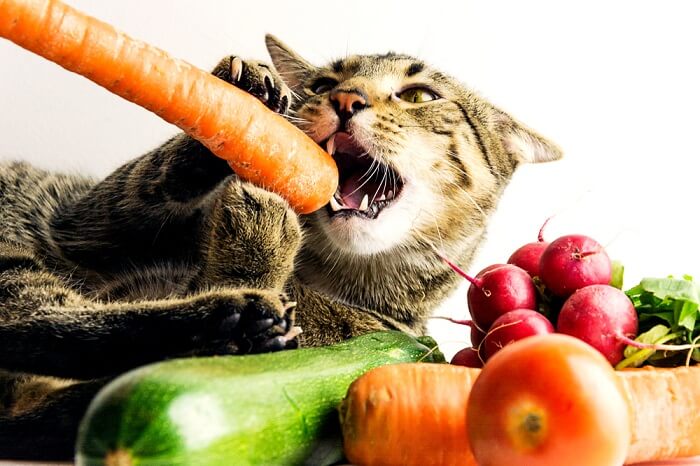
Cats are carnivores, plain and simple. But while a meat-based diet is essential for your cat’s health and wellbeing, he may enjoy the occasional plant-based snack. In fact, fruits and vegetables can provide your cat with a healthy boost of nutrition, though there are some you should avoid.
In this article, we’ll take a look at which fruits and vegetables are safe for cats and what nutritional benefits they provide. We’ll also cover some of the potentially harmful foods you should avoid.
Can Cats Eat Fruit?
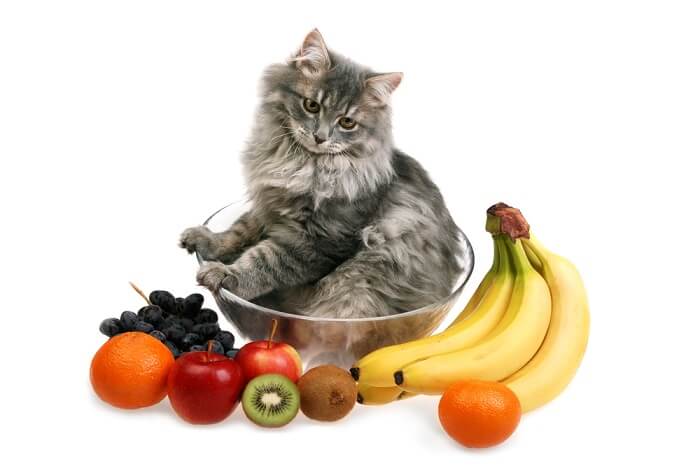
Fruit is an excellent source of nutrition for humans. In addition to being loaded with essential vitamins and minerals, fruit is rich in antioxidants which are beneficial for the immune system. Pet owners should be aware, however, that while fruit is a low-calorie snack for humans it still contains a lot of sugar.
The high sugar content of fruit could be an issue for overweight cats. As is true with any treat, you should limit your cat’s intake of fruit to avoid pushing his calorie intake over the edge.
Something else you may not know is that cats aren’t actually able to taste sugar. Cats don’t have the taste receptors on their tongues that enable them to taste sweetness, so fruit may be of no interest to your cat. If your cat doesn’t like fruit, there’s no reason to force the issue.
Now, let’s take a look at some of the healthiest fruits for cats.
#1 Apples
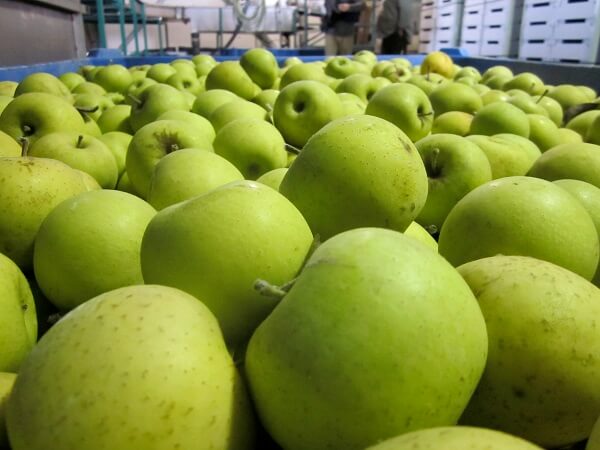
There are over 7,500 varieties of apples grown worldwide.
Apples are low in calories but rich in fiber which could be beneficial for overweight cats. Senior cats can also benefit from low-calorie snacks because the metabolism has a tendency to slow with age.
In terms of nutrition, apples are rich in vitamins A and C, both of which are necessary for healthy bones and tissue. Apples are also rich in quercetin, a natural antioxidant that helps reduce inflammation and protects urinary tract health. It may also help reduce allergy symptoms.
#2 Apricots
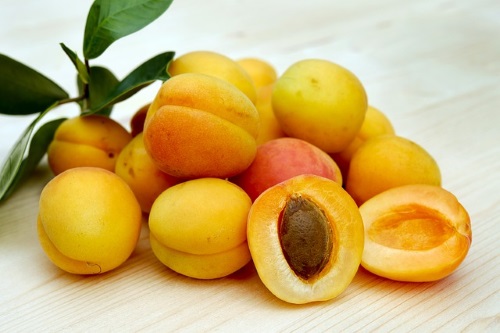
Apricots are good source of vitamin A, vitamin C, dietary fiber, and potassium.
Peeled apricots are safe for cats and can provide a rich source of potassium and beta-carotene. Beta-carotene is an antioxidant which supports the immune system and helps fight off free-radical damage. In humans, it is converted by the body into vitamin A, but cats have a limited ability to do this.
When feeding your cat apricots, be sure to not only remove the peel but also avoid the pit, stem, and leaves as these can be poisonous for cats.
#3 Bananas
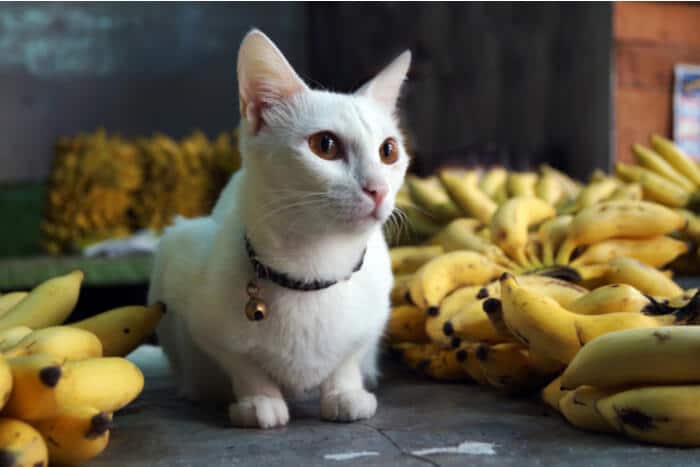
Bananas are one of the most popular fruits in the American diet.
Known for their potassium content, bananas are also an excellent source of fiber, calcium, magnesium, and vitamin C. Potassium is essential for heart health while calcium (when properly balanced with phosphorus) supports bone health.
While bananas are rich in nutrients, they are also high in carbohydrates and sugar, so they should be fed sparingly. Frozen banana slices make a great summer treat for pets.
#4 Blueberries
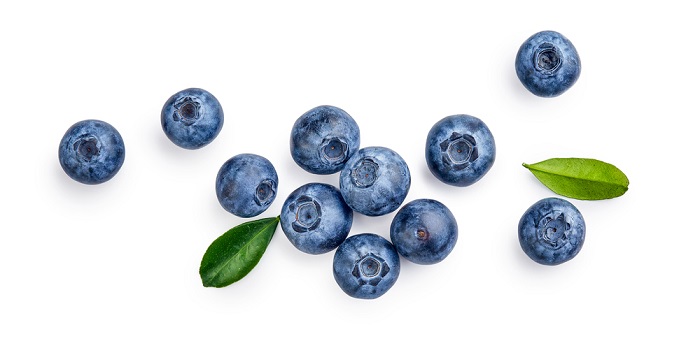
Blueberries were called “star fruits” by North American indigenous peoples because of the five-pointed star shape that is formed at the blossom end of the berry.
One of the richest food sources of antioxidants in the world, blueberries are packed with nutrients. In addition to antioxidants, blueberries are rich in vitamin C and potassium. Blueberries are often labeled a “superfood” for people and some commercial pet foods include it in the form of blueberry powder.
The vitamin C content of blueberries helps protect your cat’s urinary health and may support your cat’s vision as well – especially night vision.
#5 Cantaloupe
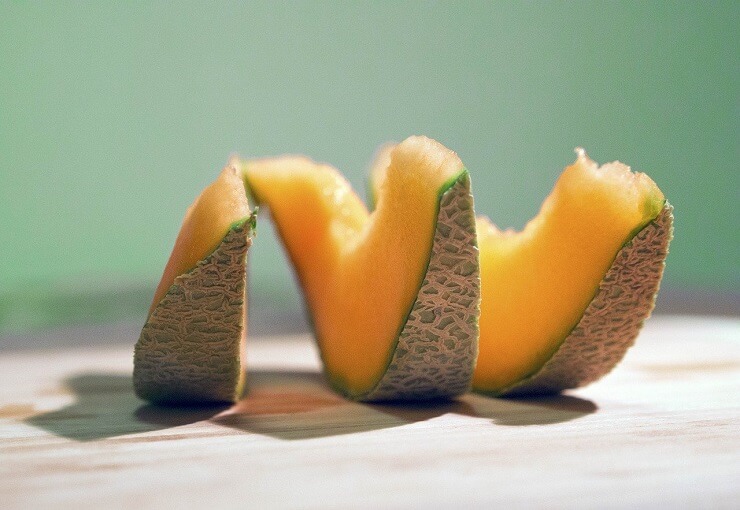
Worldwide, the United States is one of the largest consumers of melons
This orange melon is packed with fiber and provides an excellent source of folate, vitamin B6, vitamin A, vitamin C, niacin, and potassium. Folate is essential for normal metabolic function in cats, making it an essential vitamin.
When feeding your cat cantaloupe, be sure to remove the skin and seeds. Chop the cantaloupe into manageable pieces as well to prevent it from becoming a choking hazard.
#6 Cranberries
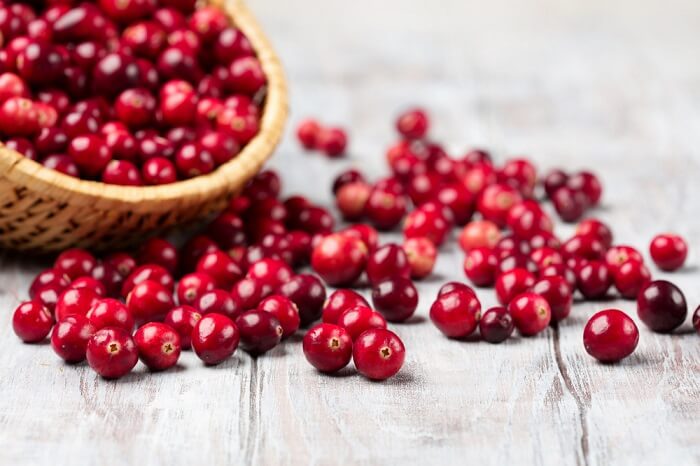
Cranberries are harvested in water because it makes picking easier.
These red berries are known for promoting urinary health benefits. They contain phytochemicals that help keep bacteria from adhering to the urinary tract wall, making the bacteria easier to flush from the cat’s body. They also have antimicrobial properties that may protect against other bacteria.
In addition to their urinary-supporting benefits, cranberries are rich in antioxidants as well as manganese and vitamin C. Just be sure to feed them fresh or frozen – if feeding dried cranberries, make sure they aren’t sweetened.
#7 Mangoes

Mangos were first grown in India over 5,000 years ago.
Mango is rich in magnesium, potassium, folate, and vitamin C. It also contains small amounts of potassium, niacin, manganese, and thiamine. What makes this fruit particularly healthy, however, is the fact that it is packed with antioxidants.
Before feeding your cat mango, be sure to remove the skin and the pit. While the skin is rich in fiber and good for people, it can be very difficult for your cat’s body to digest.
#8 Oranges
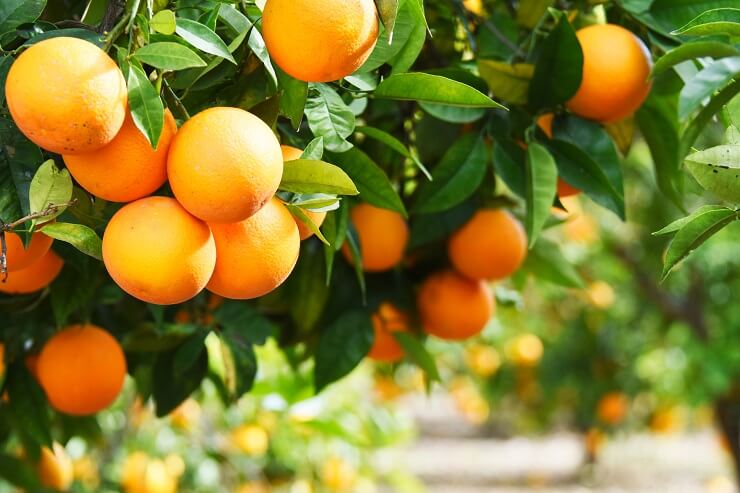
There are over 600 varieties of oranges.
While you shouldn’t feed your cat large quantities of citrus fruits, a small amount of orange can be healthy. These fruits are loaded with the antioxidant vitamin C which is essential for a healthy immune system and they are also rich in calcium, magnesium, and potassium.
As with other fruits, remove the peel and seeds before feeding your cat oranges.
Only the fruit is edible, while the skin and other plant components are toxic, with the potential to cause diarrhea, vomiting, and dermatitis.
#9 Pears

This fruit has numerous health benefits. They have high levels of vitamins and antioxidants and can also aide in digestion and weight loss.
Pears are a rich source of vitamin A, vitamin C, and fiber. They also contain high concentrations of anthocyanins, a type of antioxidant that promotes heart health.
Like apples, pear seeds contain small amounts of cyanide so be careful to remove the seeds before feeding pear to your cat. Remove the peel as well and cut the fruit into small chunks or slices.
#10 Pineapple
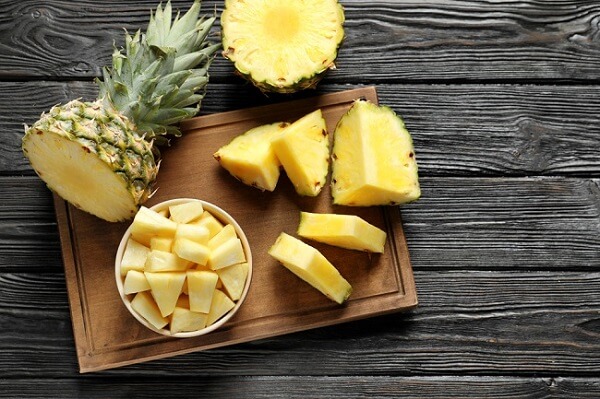
Pineapples take about 18-20 months to become ready to harvest.
In addition to being rich in potassium, calcium, and vitamin C, pineapple is packed with bromelain. Bromelain is an enzyme that has anti-inflammatory benefits and heart benefits. This enzyme is also often used in digestive supplements to ease constipation.
While pineapple is rich in nutrients, it is also very high in sugar so feed it to your cat in limited quantities. Be careful to remove the skin and core as well and cut the fruit into small pieces.
#11 Raspberries
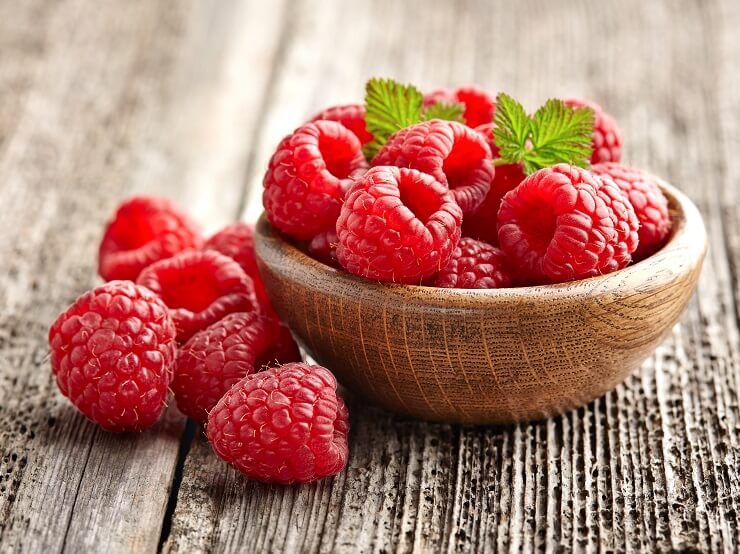
There are over 200 different known species of raspberries but only 2 species are grown on a large scale.
Compared to other fruits, raspberries are relatively low in sugar, and they are rich in vitamin C. These red berries are also packed with potassium which is essential for healthy heart function and manganese which supports healthy bones and skin.
While raspberries are low in sugar and calories, they do contain a very small amount of a naturally occurring sweetener called xylitol. In large quantities, xylitol is toxic for cats.
#12 Strawberries
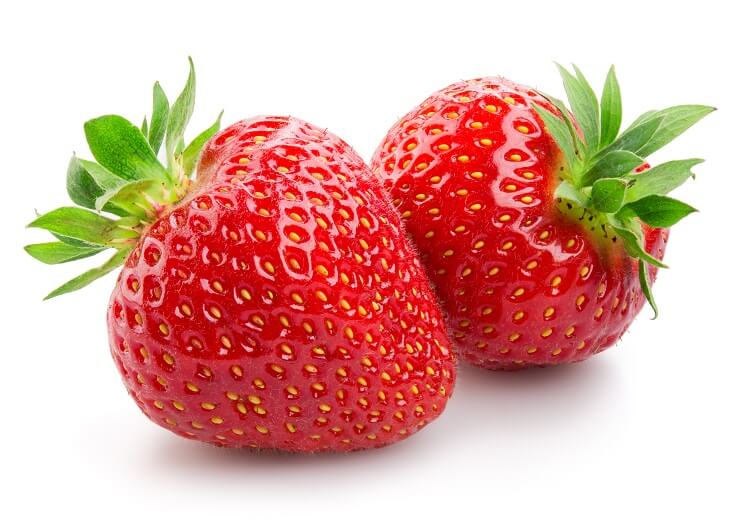
Strawberries are members of the rose family.
Strawberries are rich in fiber and water as well as beneficial plant compounds like anthocyanins. These red berries contain plenty of calcium, magnesium, potassium, and vitamin C as well as small amounts of thiamin, niacin, folate, and riboflavin.
Frozen strawberries make an excellent summer treat for pets, or you can try pureeing them and mixing them into your cat’s food. Just be sure to remove the leaves and stem.
#13 Watermelon
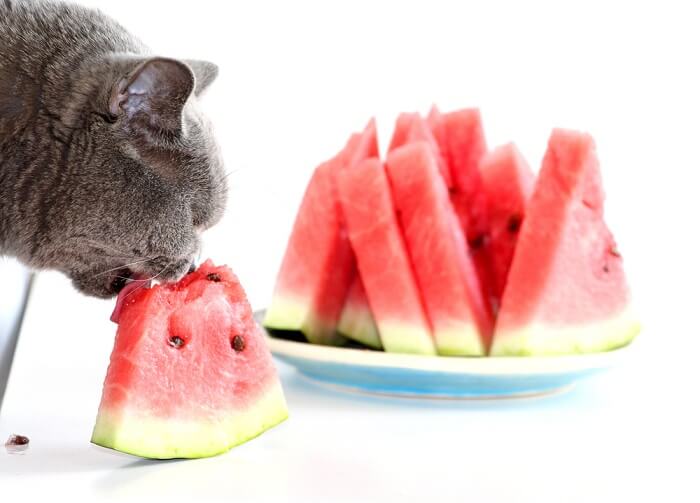
Watermelon does not contain any bad fat or cholesterol
Comprised of nearly 92% water, watermelon is an excellent source of moisture. Cats tend not to drink as much water as dogs, so moisture-rich snacks like watermelon can support your cat’s hydration.
In addition to being rich in water, watermelon is packed with vitamins A, C, and B6. Just keep in mind that watermelon seeds (like pear and apple seeds) contain small traces of cyanide, so avoid feeding them to your cat.
What Vegetables Are Safe For Cats?
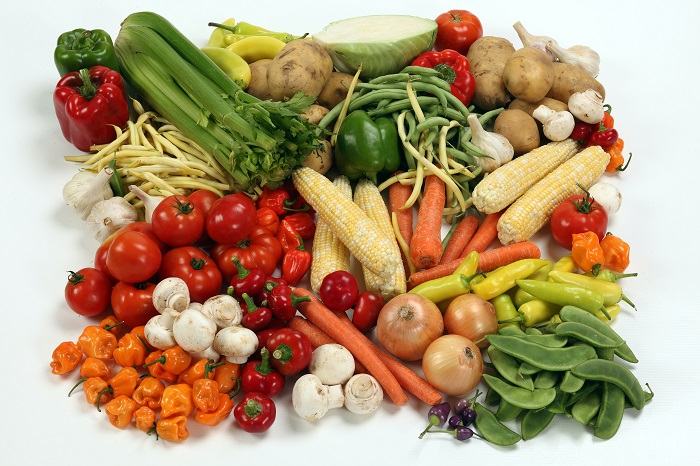
Commercial pet food often contains vegetables as an added source of nutrition, but it’s important to remember that your cat has no biological need for these foods. As obligate carnivores, cats are designed to follow a meat-based diet – carbohydrates simply aren’t necessary.
While vegetables may not be a necessary part of your cat’s diet, they can provide a boost of nutrition and some cats seem to like the flavor and texture.
Here are some of the healthiest vegetables for cats.
#1 Asparagus
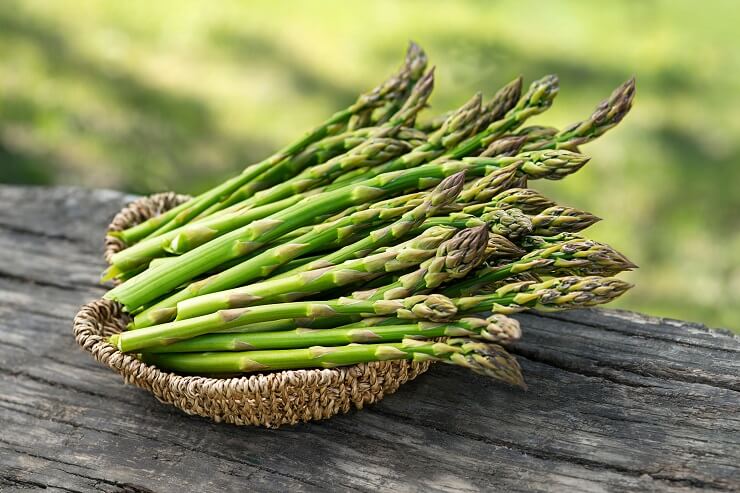
During warm weather (around 90 degrees), asparagus can grow up to 7 inches in a single day.
Packed with fiber and potassium, asparagus is safe for cats. Asparagus is also high in folic acid (or folate) which is essential for healthy metabolic function and red blood cell production. It also contains notable amounts of thiamin, vitamin A, vitamin B6, and vitamin C.
Because asparagus is so high in fiber, it can be tough for your cat’s body to digest. We recommend cutting it into small pieces and steaming or boiling them before feeding.
#2 Bell Peppers
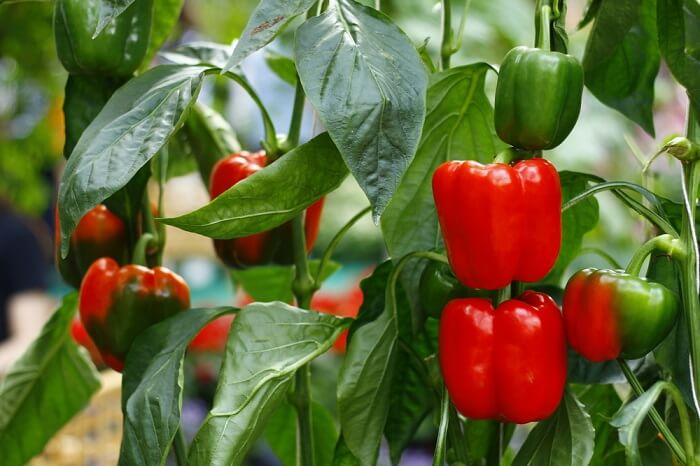
Bell peppers have the highest Vitamin C of any fruit or vegetable. In fact, it’s 3 times more than oranges!
Bell peppers come in several colors and they are all rich in nutrients. They contain high levels of antioxidants including carotenoids, beta-carotene, flavonoids, and vitamin C. Bell peppers are also rich in moisture and dietary fiber.
If you’re a fan of bell peppers, you probably know that green peppers are less sweet than the other varieties. Because your cat lacks the taste receptors for sweetness, however, he’s unlikely to care.
#3 Broccoli
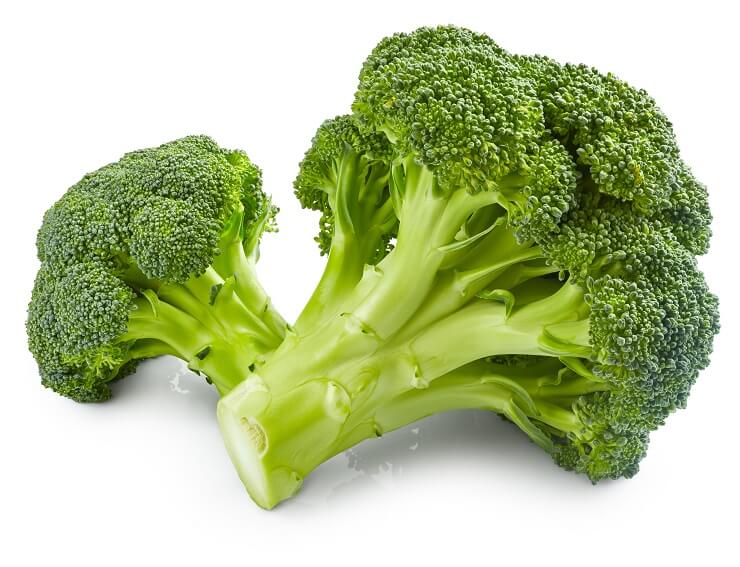
It can take anywhere from 70 to 140 days to mature after planting.
This cruciferous vegetable is a powerhouse of nutrition. It’s low in calories, high in fiber, and rich in essential nutrients like potassium, calcium, vitamin A, vitamin C, and vitamin E. Vitamin E is a powerful antioxidant that helps protect your cat’s cells from oxidative stress.
While broccoli s safe for cats, it can be difficult for them to digest due to the fiber content. Steaming the broccoli before feeding can help, and you should make sure to cut it into small pieces.
#4 Brussels Sprouts
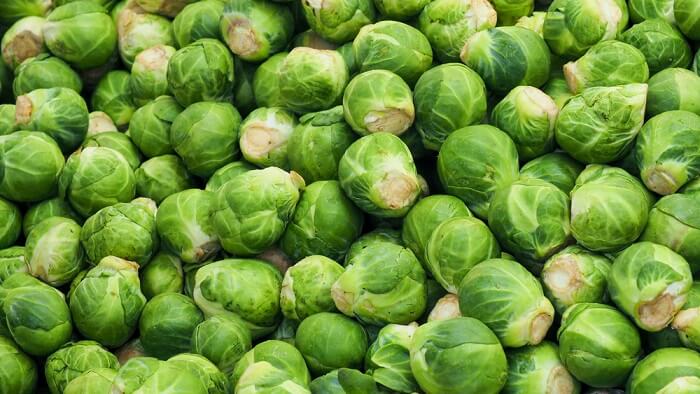
Brussels sprouts are typically from 2.5 to 4 cm (1 to 1.6 in) in diameter
Another cruciferous vegetable, brussels sprouts are high in fiber and antioxidants. This vegetable is rich in nutrients as well, including vitamin C, vitamin K, folate, and manganese. They are particularly high in vitamin K, a nutrient essential for blood and bone health.
Brussels sprouts are packed with nutrients but many pets simply aren’t interested in the flavor. If you want to introduce them into your cat’s diet, try shredding and steaming them before adding them to your cat’s food.
#5 Cabbage
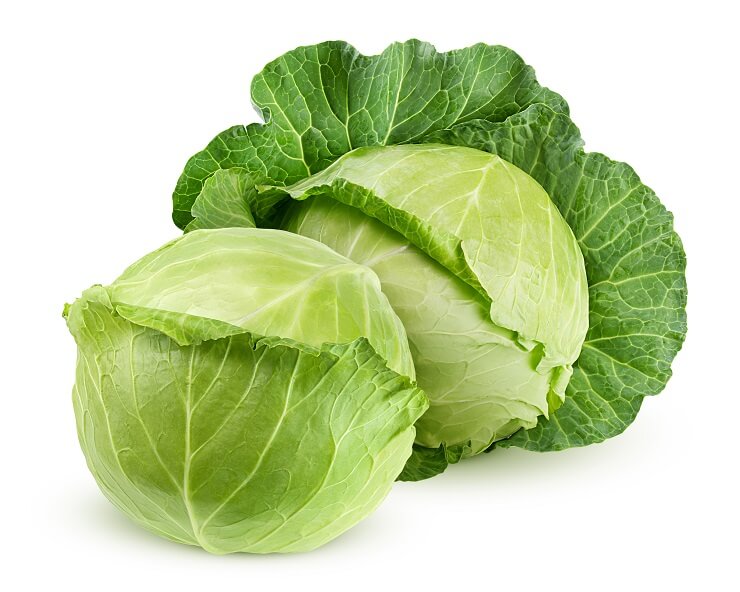
Cabbage is an excellent source of vitamin K, vitamin C and vitamin B6.
Cabbage comes in many varieties, all of which are packed with nutrients. This vegetable is particularly rich in vitamin K, vitamin C, folate, manganese, and vitamin B6. It also contains heart-protective antioxidants like beta-carotene.
A great way to add cabbage to your cat’s diet is to shred it and steam it before stirring it into your cat’s food. This is an easy way to supplement your cat’s fiber intake to help with digestive issues.
#6 Carrots
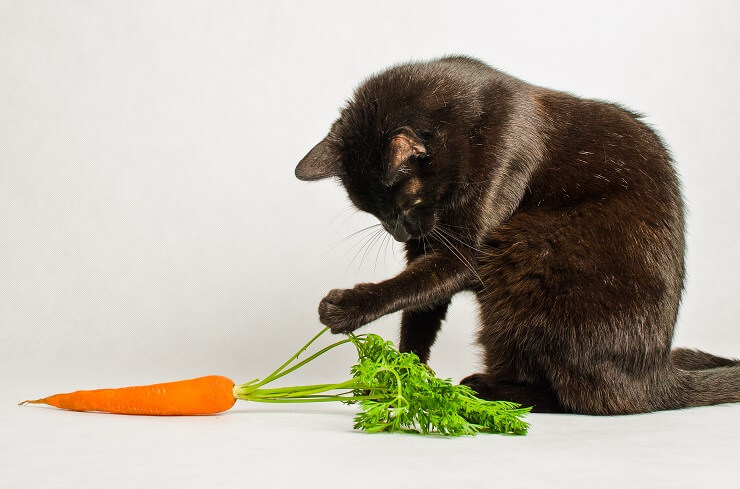
The biggest carrot recorded is more than 8.6 kilograms (19 pounds) and the longest is over 5.7 meters (19 feet)
These orange veggies are loaded with nutrients including vitamin K1, vitamin B6, and potassium. Most notably, however, carrots are rich in beta-carotene. The body converts beta-carotene into vitamin A which is important for cognitive health and skin health.
While carrots are a healthy snack, they are higher in sugar than other vegetables so feed them sparingly. Cut the carrots into small pieces and steam them to improve digestibility.
#7 Cauliflower
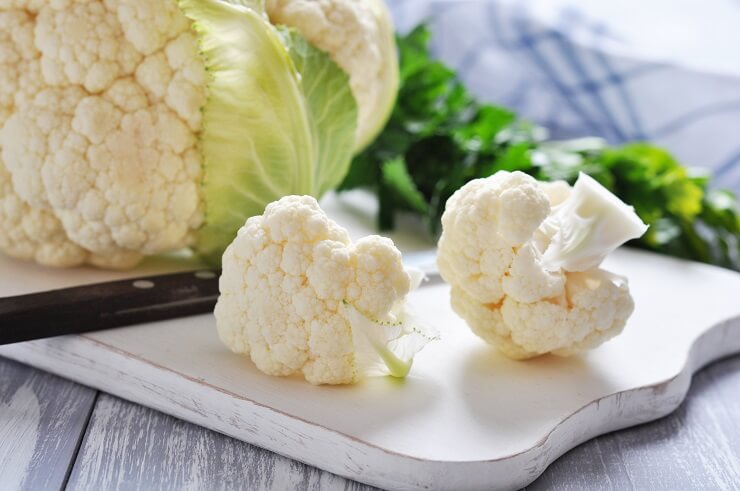
Cauliflower is very nutritious, and may be eaten boiled, fried, roasted, steamed, pickled, or raw.
Cauliflower is rich in dietary fiber and an antioxidant called indole-3-carbinol which has been shown to have cancer-fighting properties in animals. It also contains sulforaphane, an antioxidant which has also been shown to inhibit cancer spread and tumor growth.
The nutrients in cauliflower can help reduce inflammation which can be beneficial for cats with arthritis. Its fiber content may help with digestive issues but be sure to cook the cauliflower before feeding it.
#8 Celery
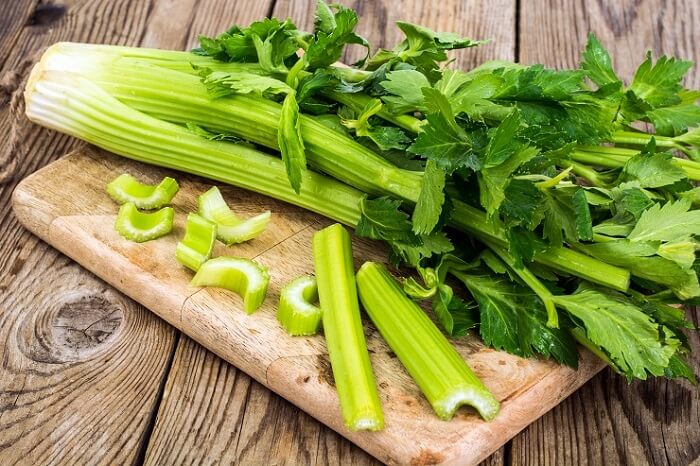
Celery leaves are pinnate to bipinnate with rhombic leaflets 3 to 6 cm (1.2 to 2.4 in) long and 2 to 4 cm (0.8 1.6 in) broad.
This vegetable is very low in calories and high in moisture. Celery is rich in a variety of nutrients including vitamin A, vitamin K, vitamin C, potassium, and folate.
It also has a very low glycemic index rating which means it has a lesser effect on your blood sugar than other carbohydrates.
#9 Cucumber
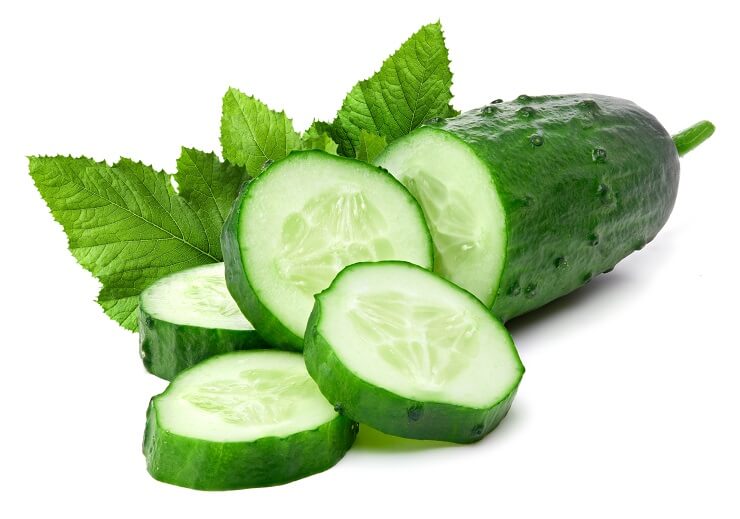
Cucumber fruits consist of 95% water.
Another moisture-packed vegetable, cucumber is low in calories as well. Moisture-rich veggies may help freshen your cat’s breath in addition to supporting his hydration. Cucumber is also rich in vitamin K, vitamin C, beta-carotene, magnesium, potassium, and manganese.
Cucumber is a rich source of antioxidants which may help protect your cat against free radical damage to his cells.
#10 Green Beans
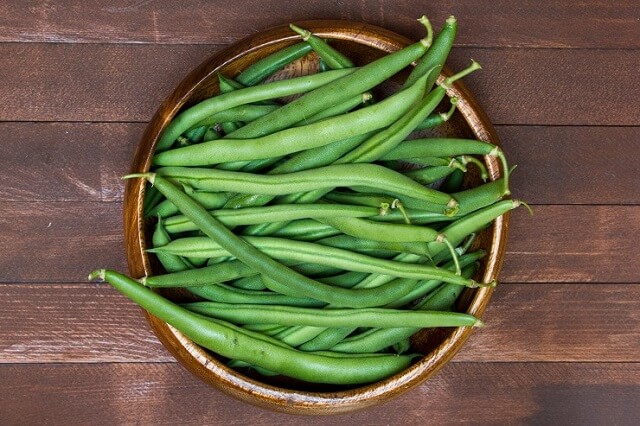
Green beans are eaten around the world, and are sold fresh, canned, and frozen. It can be eaten raw or steamed, boiled, stir-fried, or baked in casseroles.
Green beans are a rich source of essential nutrients, particularly calcium and vitamin K. Both of these are necessary for healthy bones. Green beans are also a plant-based source of protein which can be beneficial for your cat as long as meat still provides the majority of his protein.
Your cat can enjoy fresh, frozen, or canned green beans as long as they are cooked. If you’re feeding canned green beans, choose a sodium-free variety.
#11 Lettuce

China is the largest producer of lettuce in the world.
Lettuce is rich in water and fiber which can help increase your cat’s hydration and support digestion. When feeding lettuce, it’s best to shred or slice it very thin so it is easy to eat and easy to digest.
There are many different varieties of lettuce, but some of the most nutritious include leaf lettuce, romaine lettuce, and watercress. Romaine lettuce is rich in minerals like calcium, phosphorus, magnesium, and potassium as well as vitamins like vitamin C, vitamin K, and folate.
#12 Peas
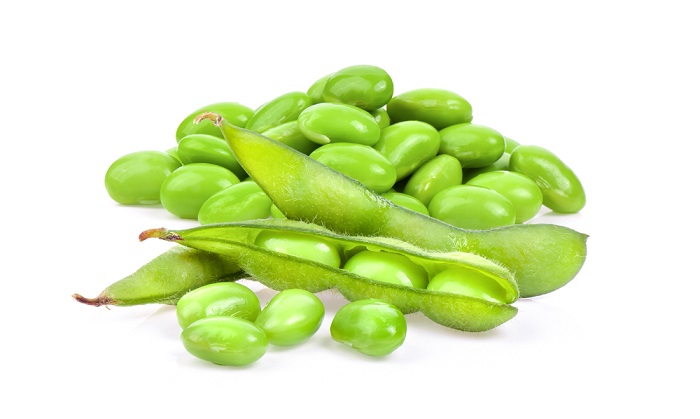
There are only 81 calories in 100 grams (3.5 ounces) of peas.
A common ingredient in grain-free dog food, peas are a rich source of plant-based protein. They also contain high levels of vitamin A, vitamin C, and vitamin K as well as folate, manganese, iron, and phosphorus. Peas are also very rich in fiber.
You can feed your cat fresh, frozen, or canned peas as long as they are cooked. If you’re feeding canned peas, choose a sodium-free variety.
#13 Pumpkin
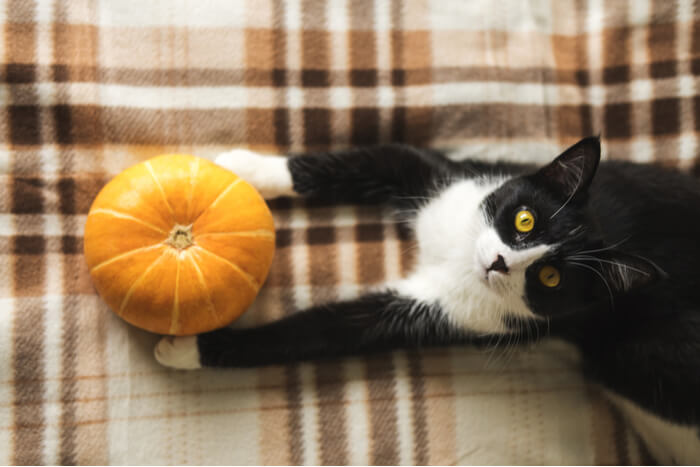
The largest pumpkin pie weighs 1,678 kg (3,699 lb) and was made by New Bremen Giant Pumpkin Growers (USA) at New Bremen Pumpkinfest in New Bremen, Ohio, USA, on 25 September 2010.
This fiber-packed vegetable is great for your cat’s digestion. If your cat is suffering from diarrhea or constipation, mixing a small amount of unsweetened canned pumpkin puree into his food might help. Just be sure not to accidentally feed your cat pumpkin pie filling.
Pumpkin is a type of squash that is rich in essential nutrients like vitamin C, potassium, copper, manganese, vitamin B2, and vitamin E. It also has particularly high levels of vitamin A.
#14 Spinach
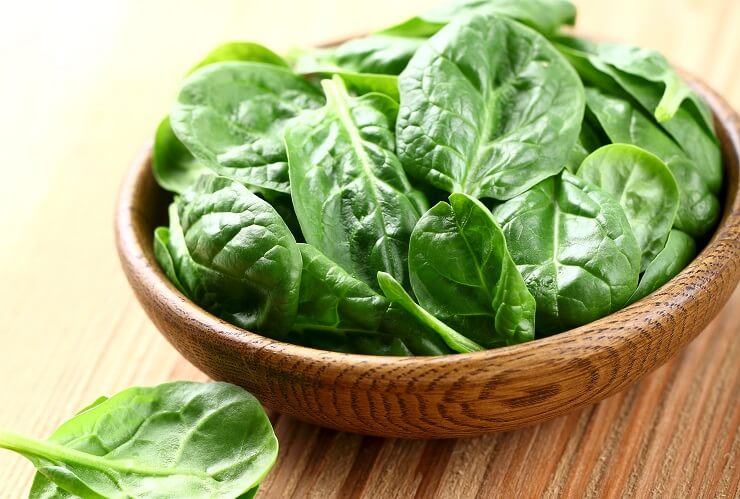
Spinach is related closely to beets and Swiss chard and is a member of the goosefoot family because of the shape of its leaves.
Often considered a superfood for people, spinach is absolutely packed with essential vitamins and minerals. This leafy green is particularly rich in vitamin A, vitamin C, vitamin K1, and folate. It also contains essential minerals like iron and calcium.
While spinach is loaded with nutrients, you should avoid feeding it to your cat in large quantities – especially if he has kidney disease.
#15 Sweet Potato
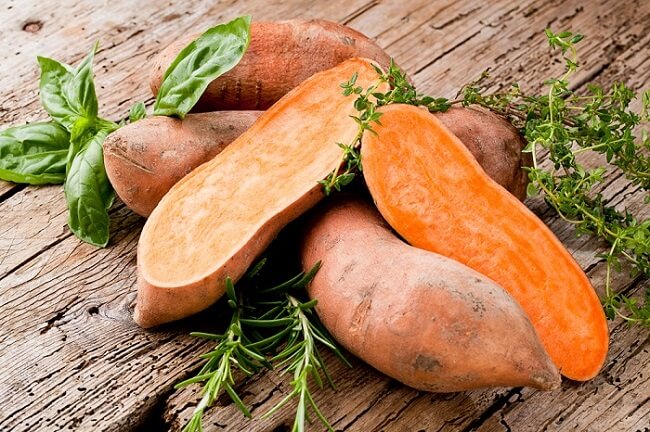
The sweet potato, especially the orange variety, is often called a “yam“ in parts of North America, but is botanically very distinct from true yams.
The benefits of sweet potato for cats are similar to the benefits of pumpkin. This root vegetable is packed with dietary fiber and water, both of which can be beneficial for digestive issues.
Sweet potatoes are a rich source of vitamin A, vitamin C, manganese, vitamin B6, and potassium. The orange and purple varieties are particularly rich in antioxidants.
#16 Zucchini
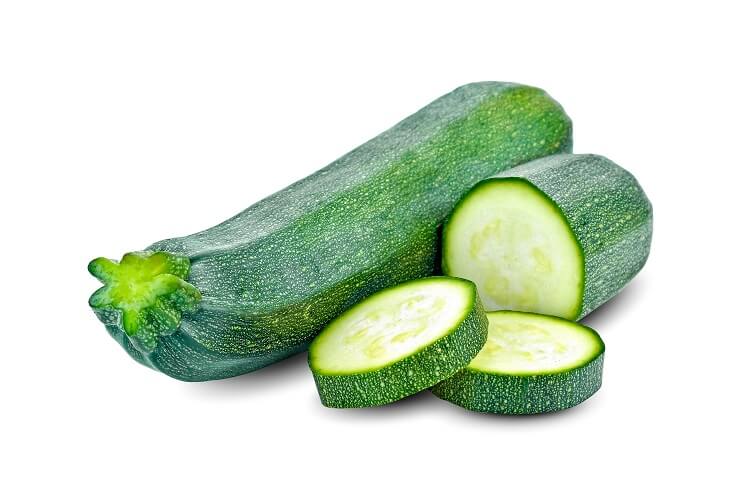
The word “zucchini” comes from the Italian zucchino, meaning a small squash.
Zucchini is rich in fiber and moisture as well as a variety of vitamins and minerals. In terms of vitamin content, zucchini has plenty of vitamin A, vitamin C, vitamin K, and folate. This squash variety also contains small amounts of minerals like iron, calcium, and zinc.
You can feed your cat slices of zucchini or add shredded zucchini to his food. Removing the peel before offering it can help make the zucchini easier for your cat to digest.
Safety Tips For Feeding Your Cat Fruit And Vegetables
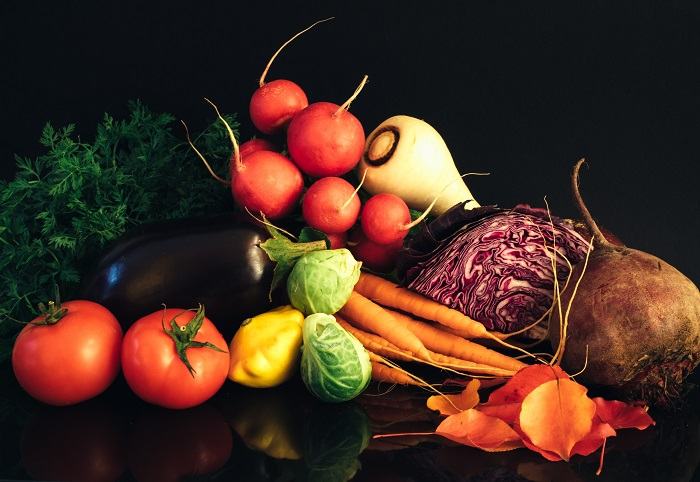
Every cat is different, so it may take a little experimentation to figure out which fruits and vegetables yours enjoys. Before making significant changes to your cat’s diet, it’s a good idea to run the change by your veterinarian just to be safe.
Here are some other rules to follow when feeding your cat fruit and vegetables:
1. Introduce New Foods Slowly.
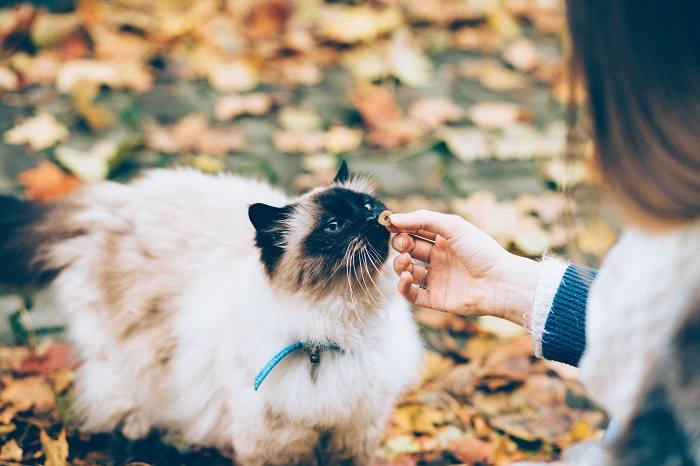
When introducing any new food into your cat’s diet, you want to do it slowly to avoid digestive issues. Even though the fruits and vegetables on the list above are safe for your cat, sudden changes to his diet could upset his digestive system and cause diarrhea or vomiting.
2. Cut The Food Into Bite-sized Pieces.
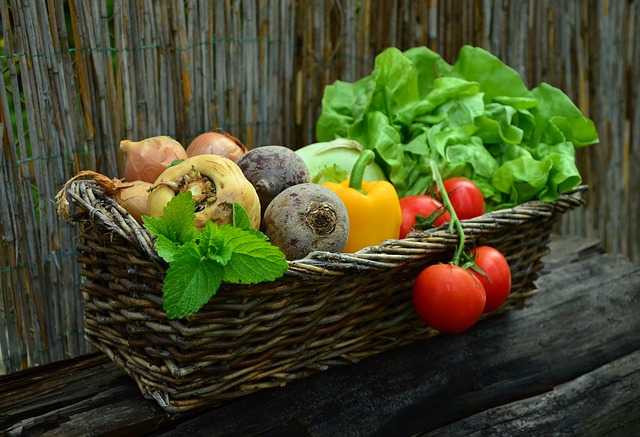
When offering your feline friend fruits and vegetables, be sure to cut them into small, bite-sized pieces. Most fruits and vegetables won’t be difficult for your cat to chew, but large pieces could be a choking hazard. We also recommend steaming veggies before feeding them to make them more digestible.
3. Monitor Your Cat For A Negative Reaction.
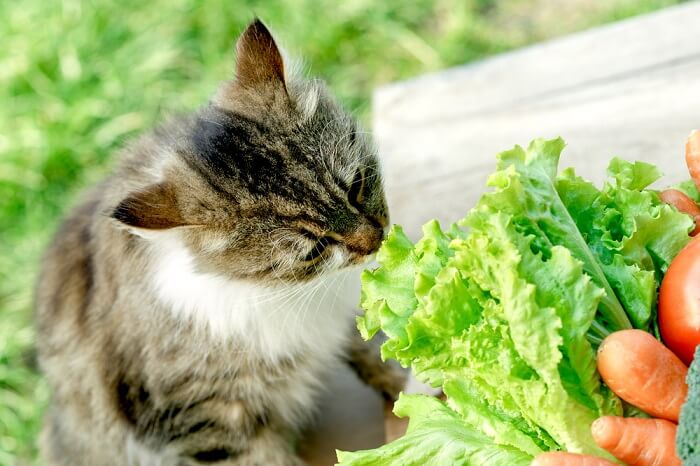
After giving your cat any new food, it’s important to keep an eye on him in case of a negative reaction. Offer one new food at a time as well, so if your cat does have a reaction to something you give him, you’ll be able to easily identify the cause.
Symptoms of food allergies in cats may take time to develop and typically involve skin issues like itching and inflammation. Some cats develop digestive issues such as vomiting or diarrhea – they may also have more frequent bowel movements.
If you suspect a food allergy, talk to your veterinarian to rule out other potential causes for your cat’s symptoms. From there, you can conduct a food trial by removing potential allergens from your cat’s diet to see if his condition improves. If it does, you’ll have confirmation of the issue.
4. Avoid Feeding Your Cat Peels, Seeds, And Pits.
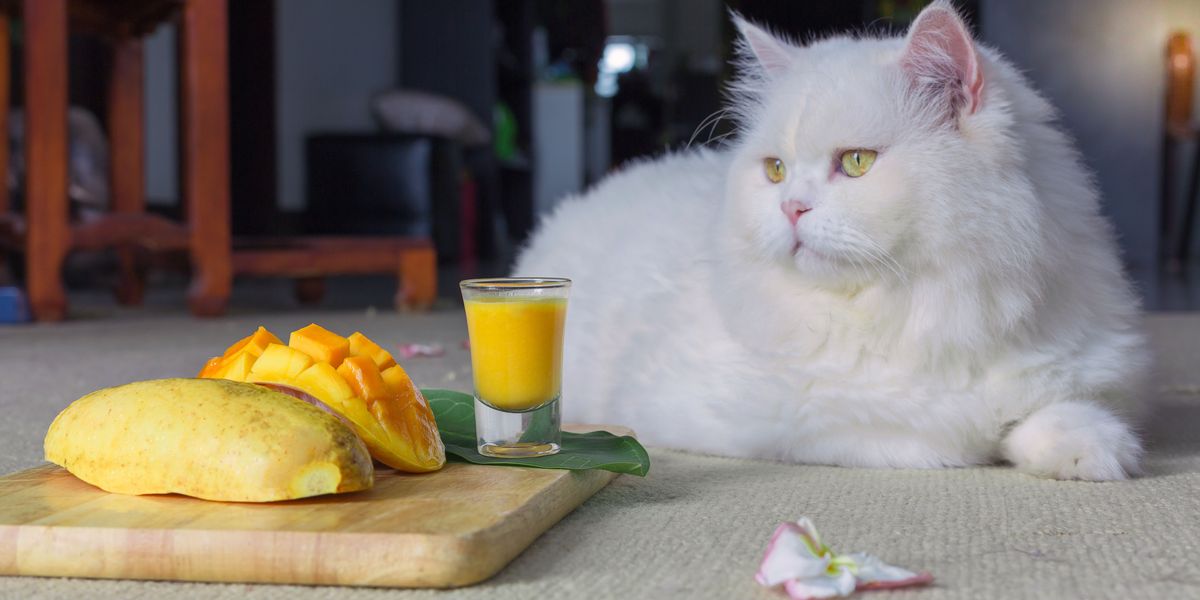
Fruit pits and seeds can be a choking hazard and some may contain dangerous chemicals like cyanide. Watermelon seeds and apple seeds, for example, contain small amounts of cyanide that aren’t significant enough to affect humans but could upset your cat’s stomach in large quantities.
Fruit and vegetable peels aren’t necessarily toxic for cats, but they can be very difficult to digest. By removing the peel you’re reducing the work your cat’s digestive system has to do and you’re further eliminating the risk that he’ll be ingesting any pesticides.
5. Keep Fruits And Vegetables A Minor Part Of Your Cat’s Diet.
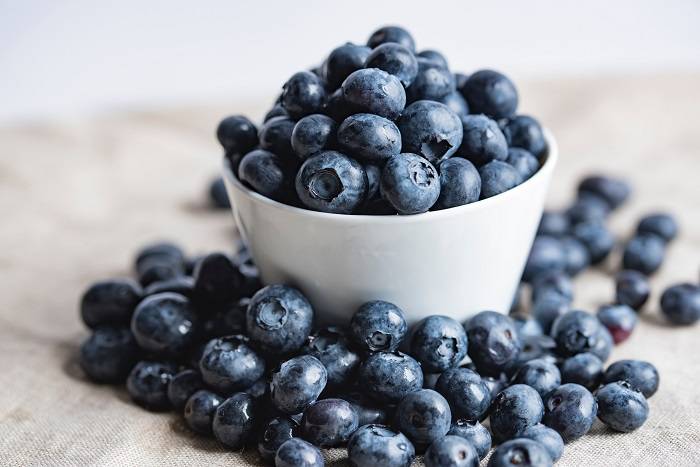
Cats are obligate carnivores, so they are evolved to follow a meat-based diet. Carbohydrates are simply not a necessary part of your cat’s diet, so fruits and vegetables should only be offered as an occasional treat. As a general rule, treats should comprise no more than 10% of your cat’s daily diet.
Another concern with feeding your cat fruit and vegetables too often is that many fruits have high sugar content. While fruit is a healthy snack for humans, too much fruit in your cat’s diet could increase his daily calorie intake and trigger weight gain.
If you’re not completely sure a food is safe for your cat, it’s best to avoid it. If you have questions, don’t hesitate to ask your veterinarian!
